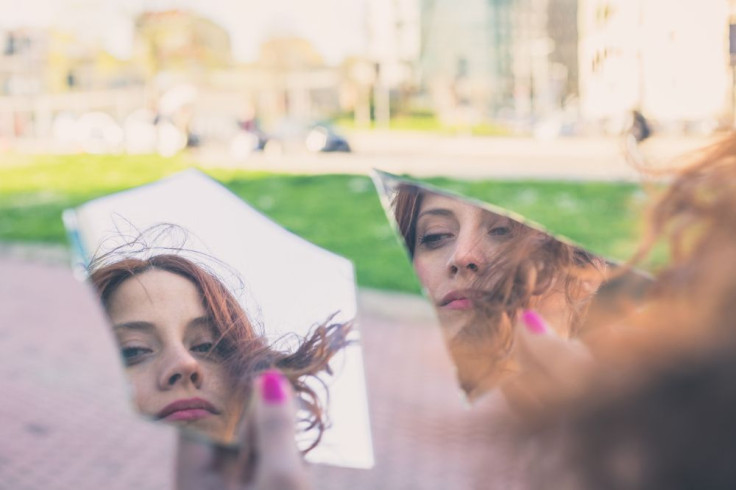Facial Recognition Is Harder Than It Looks: Strangers Are Better At Recognizing Your Face Than You Are

In the age of the selfie, you would think people had identifying their own likeness down pat. A recent study led by Dr. David White from the University of New South Wales, Australia has found that when it comes to picking our passport photo or social media profile picture, strangers are actually better at judging our own likeness in images.
“In face-to-face encounters with unfamiliar people, it is often necessary to verify that we are who we claim to be,” White said in a statement. “For example, we are asked to prove our identity when processing financial transactions and crossing borders. In these and many other commonplace situations, photo-ID is the most common method for identity verification. However, despite the clear importance of this visual task, previous research has shown that we are quite poor when matching photos of unfamiliar faces.”
White and his colleagues recruited more than 130 undergraduate students tasked with downloading 10 photos of themselves from Facebook and ranking them from best to worst likeness. Researchers also used a minute-long web cam video that was used to record each participant’s facial expression and take two still photos — one smiling and one neutral. An additional 16 participants were asked to watch the web cam video and rank the first group’s Facebook photos from best to worst likeness based on their appearance in the video.
Participants who had never met the first group of 130 undergraduate chose a different set of images that were deemed “good likeness” compared to the images picked by the group themselves. In fact, self-selected pictures were matched seven percent less accurately compared to pictures selected by strangers. Images selected by strangers also performed better on an online face matching test completed by a further 73 participants.
“It seems counter-intuitive that strangers who saw the photo of someone’s face for less than a minute were more reliable at judging likeness,” White explained. “However, although we live with our own face day-to-day, it appears that knowledge of one’s own appearance comes at a cost. Existing memory representations interfere with our ability to choose images that are good representations or faithfully depict our current appearance.
A similar study involving the staff at an Australian passport office showed that effectively matching people to their I.D. photo is a matter of practice. Passport officers were asked to match travelers with the passport they were presenting for identification. Results of the analysis yielded a 15 percent error rate in matching passport photo to the person standing in front of a passport officer. While 15 percent may not seem like all that much, in terms of airport travel it could mean several thousand travelers passing security checks with fake passports.
“Interestingly, we also noted there were better results when people were smiling in the photos,” White added. “It is interesting that current passport guidelines prohibit smiling in photographs because this ‘distorts the normal facial features.’ Given that faces are generally pictured smiling, and these images are rated as being more like familiar faces, it may be beneficial to permit expression in passport photographs.”
As bad as we are at recognizing faces, we’re even worse at remembering names. But that’s only because of how the human brain processes information and our general lack of interest.
Source: Kemp R, Burton A, White D. Not looking yourself: The cost of self-selecting photos for identity verification. British Journal of Psychology. 2015.



























